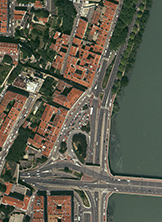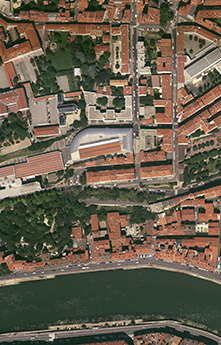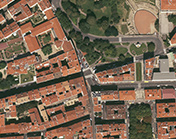Landscapes of memory
|
|
|
||||||||||||
 |

|
 |
|
||||||||||
 |

|
 |
|
||||||||||
|
|
|
||||||||||||
 |

|

|
|

|
 |
|
|||||||
|
|
|
||||||||||||
 |

|
|
|||||||||||

|
|
||||||||||||
 |
|
||||||||||||

|
|
||||||||||||
 |

|
|
|
||||||||||

|
|
||||||||||||
 |
|
||||||||||||
|
|
|
||||||||||||
|
|
|
||||||||||||
|
|
|
|
|
|
|
|
|
|
|
|
|
|
|
If we stop before a landscape, it is to let our eyes wander over it without constraint. The points upon which we rest our gaze are merely pauses in our progress.
To take in a landscape properly, it is essential to shut our eyes long enough for the images we have glanced upon to become imprinted on the retina. If we pay close attention, we will notice that these images detach themselves from their point of origin and shift about within us. They move in order to merge with other images from our memory or our imagination.
Nothing within us is ever fixed: throughout our lifetime, the cells of our eyes are constantly regenerated; and each new image penetrates us with the sole aim of feeding upon some earlier image. But let us not dwell too long on images: the only thing that matters in our observation of the world, is that we sense our eyes moving in our face. Without this movement, we would still be in the image – trait for trait, generation after generation – of the first human to scan the horizon.